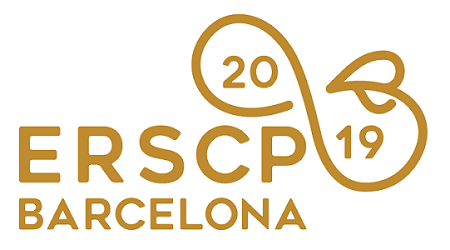Full Program »
Food Waste in the Irish Commercial Food Industry
Food waste poses a significant environmental, economic and social problem, worldwide. In EU countries, the commercial sector (e.g. food retail and food service) accounts for an estimated 17% of total food waste and has been identified as part of the food system with some of the greatest potential for food waste reduction. A global goal for food waste reduction in this sector is specified in the Sustainable Development Goals, specifically Target 12.3. This work was carried out to address the lack of qualitative and sectoral-based information on commercial food waste in Ireland. First, sectoral estimates of total food waste were generated using existing national waste statistics. The Irish commercial sector generates an estimated 200,000 tonne of food waste per annum. The largest contributing sectors were identified, in order, as hotels, food retail, restaurants (both full- and quick-service) and workplace canteens. Once these sectors were identified, detailed qualitative and quantitative data on food waste in relevant businesses were gathered. Primary data collection was through on-site waste composition analysis, involving the separation, grouping and weighing of food waste. Within the food service sectors (hotels, restaurants and canteens) food waste was grouped according to food type (including unavoidable), waste type (e.g. preparation waste, unserved food, plate waste) and serving method. Within food retail, food waste was categorised according to food type and source location. These data were used to generate sector-specific food waste benchmarks and profiles. The results show that there is large variation in the level of food waste generated by different sub-sectors within food service. For hotels, an average of 0.383 kg of food is wasted per cover (person served). This value is lower for full-service (0.263 kg) and quick service restaurants (0.146) and is the least for workplace canteens (0.079 kg). Importantly, not all of this waste is avoidable. The average levels of avoidable food waste vary from a low of 62% in full-service restaurants to a high of 85% in workplace canteens. In food retail stores (which were categorised based on the presence or absence of prepared/heated food counters e.g. salad bars) fruit and vegetables were found to be the leading source of food waste. These foods made up 34% of food waste in businesses that prepared/cooked food on site and 40% of food waste in stores that did not. Where food was prepared/cooked, food waste benchmarks were, on average, 23 kg/m2/year compared with 19 kg/m2/year in retail businesses without this offering. The results from this research have substantially added to the understanding of food waste patterns in Irish commercial businesses. Both the waste profiles and benchmarks are relevant for businesses, sectoral organisations and policy makers alike. The detailed information gathered can be used to further understand the reasons behind food waste in Irish businesses while the overall trends identified will help inform future food waste prevention programmes and initiatives.
